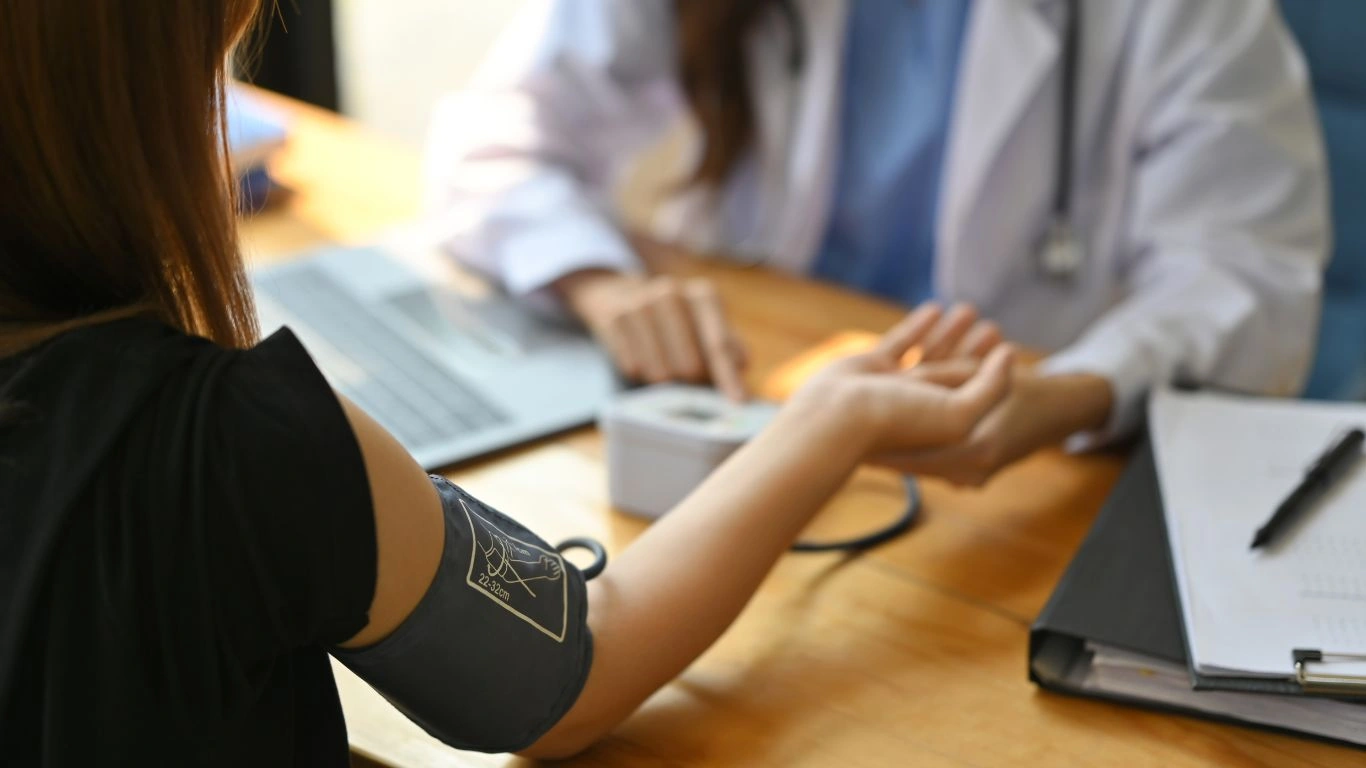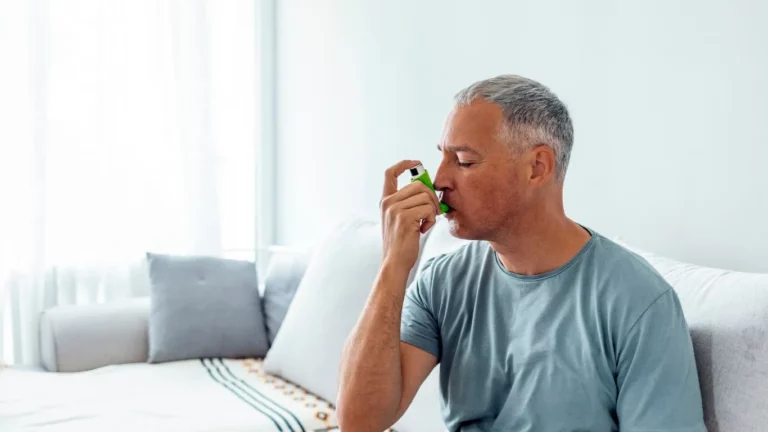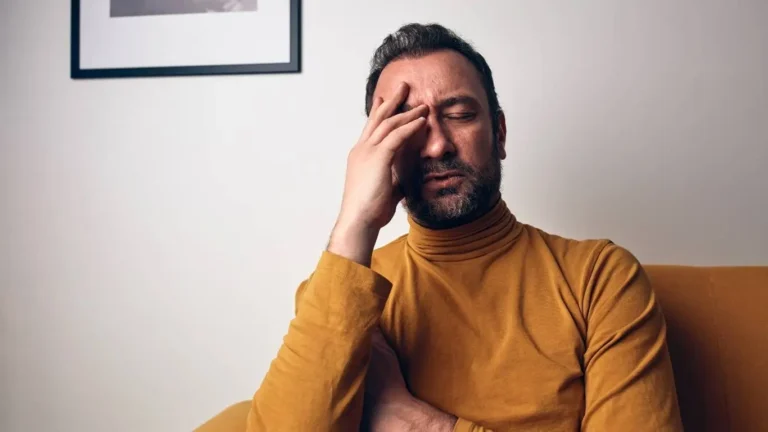Best Exercises for People with Hypertension: Your Go-To Guide to Lowering Blood Pressure Through Movement
When you’ve got hypertension, or high blood pressure, it can feel a little overwhelming trying to figure out what exercise is actually safe and helpful. But here’s the good news—getting active is one of the best ways to manage it, and it doesn’t have to mean going hard at the gym every day. In fact, you can do simple exercises that will make a huge difference for your heart and overall health.
Now, I know that figuring out the best exercises for people with hypertension can seem tricky, but trust me, it doesn’t have to be. I’ve worked with lots of people over the years who’ve made incredible progress just by sticking to a routine that suits their body and lifestyle. So, let’s dive in and chat about the top exercises that can help you lower your blood pressure and keep things moving in the right direction.
Why Exercise Makes a Difference for Hypertension
Before we jump into the exercises, let’s quickly talk about why getting active matters when it comes to high blood pressure. Here’s the thing: our hearts work hard to pump blood throughout the body, but when blood pressure is high, it means your heart has to work even harder. Over time, that extra effort can damage the heart and the arteries, which can lead to bigger issues down the road.
But here’s where exercise steps in. It helps strengthen the heart, improves circulation, and helps keep blood pressure in check. Honestly, the benefits are pretty much endless! And the best part? You don’t need to do intense workouts to see results. Even simple, low-impact exercises can make a huge impact on your overall health.
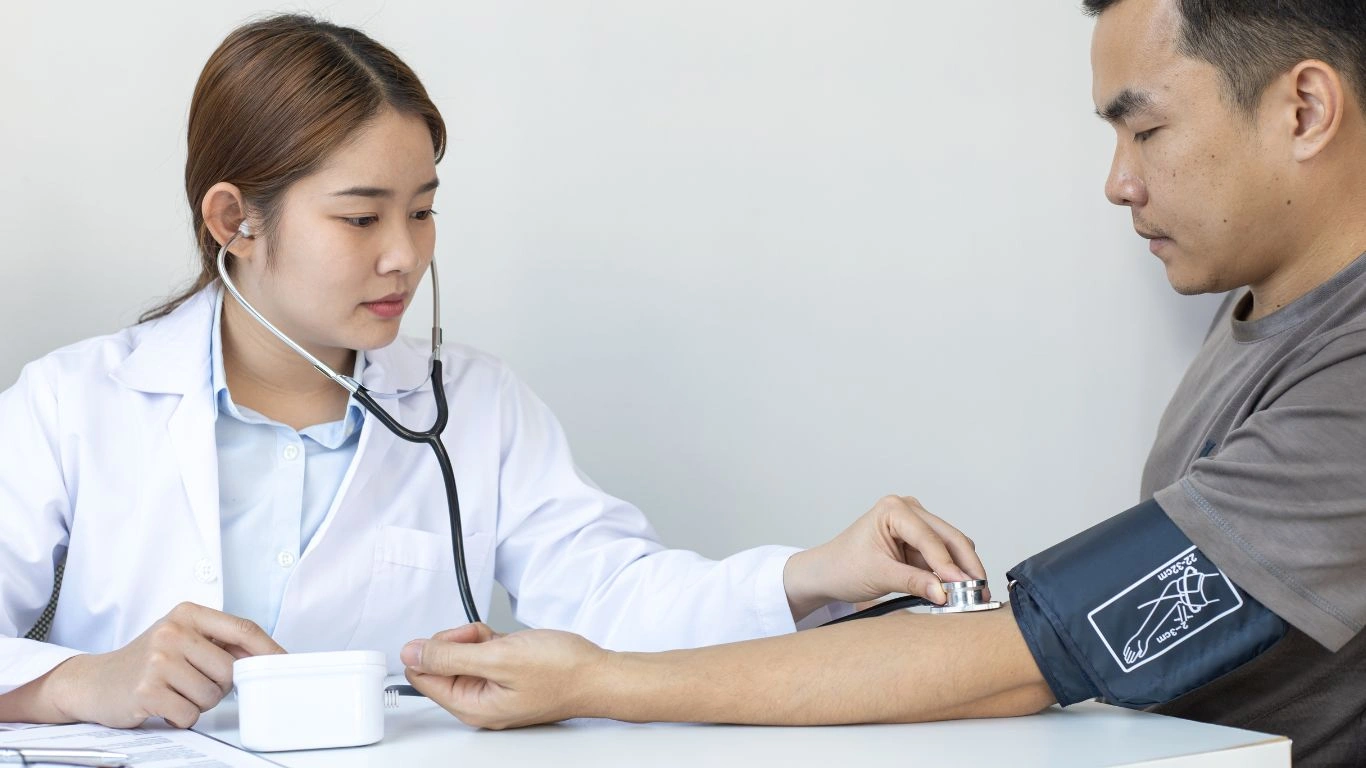
Best Exercises for People with Hypertension
Let’s talk about the best exercises for people with hypertension—these are the ones I recommend most to my patients. I’ve seen firsthand how they’ve helped people lower their blood pressure and improve their overall well-being. Whether you’re just starting or looking to mix things up, here’s a range of options:
1. Walking: Easy, Yet Super Effective
Walking is honestly one of the most underrated exercises out there. If you’re just starting your journey or looking for something low-impact, walking is so effective. No fancy equipment required—just a good pair of shoes and a safe spot to walk!
I’ve had a ton of clients who’ve made walking a regular part of their routine and seen their blood pressure drop. One of my favorite success stories is about a client, Sarah, who started walking 30 minutes a day and noticed her blood pressure dropping within a few weeks.
How to start:
– Aim for 30 minutes at least 5 times a week. You can break it up if you need to.
– Walk at a pace where you’re breathing a little harder but can still hold a conversation (that’s the sweet spot!).
2. Swimming: A Full-Body Workout That’s Easy on the Joints
Swimming is another gem for people with hypertension. It’s a low-impact exercise, which means it’s easy on the joints (super important if you have any aches or pains), and it gives you a full-body workout. I had one of my patients, Mark, who was a little hesitant about swimming at first. But after a few sessions, he loved how it made him feel stronger and how much it helped with his blood pressure.
How to start:
– Begin with about 20 minutes of swimming. You can start slow with some laps and work your way up.
– Mix up strokes (freestyle, backstroke) to keep things interesting.

3. Cycling: A Great Cardio Option
Cycling is another amazing exercise for people with high blood pressure. Whether you’re on a stationary bike or cycling outside, it gets your heart pumping without stressing your joints. Plus, it’s a fantastic workout for the legs and overall cardiovascular health.
How to start:
– Start with 20-30 minutes a couple of times a week.
– Gradually build up your intensity and duration as you get more comfortable.
4. Yoga: Mindfulness for Your Heart
Yoga is perfect if you want to focus on both the body and mind. The breathing techniques and relaxation involved in yoga can help lower stress (a big contributor to high blood pressure), while the gentle stretching and strengthening are great for your overall fitness.
A few months ago, I worked with Emma, a client who was struggling with stress-related hypertension. She started attending yoga classes twice a week, and it was amazing to see how her blood pressure improved. Plus, she felt more relaxed overall.
How to start:
– Start with beginner-friendly classes or online tutorials. Focus on poses like Child’s Pose, Cat-Cow, and Mountain Pose.
– Aim for at least two sessions a week to start, with room to grow.
5. Strength Training: Building Muscle for Better Health
Strength training doesn’t mean lifting super heavy weights. In fact, even using light dumbbells or resistance bands can make a huge difference for your blood pressure. Strengthening your muscles helps with weight management, which is crucial for lowering blood pressure.
How to start:
– Start with 2-3 sessions a week. Focus on full-body exercises like squats, lunges, and rows.
– Keep the weight light and gradually increase it as you get stronger.
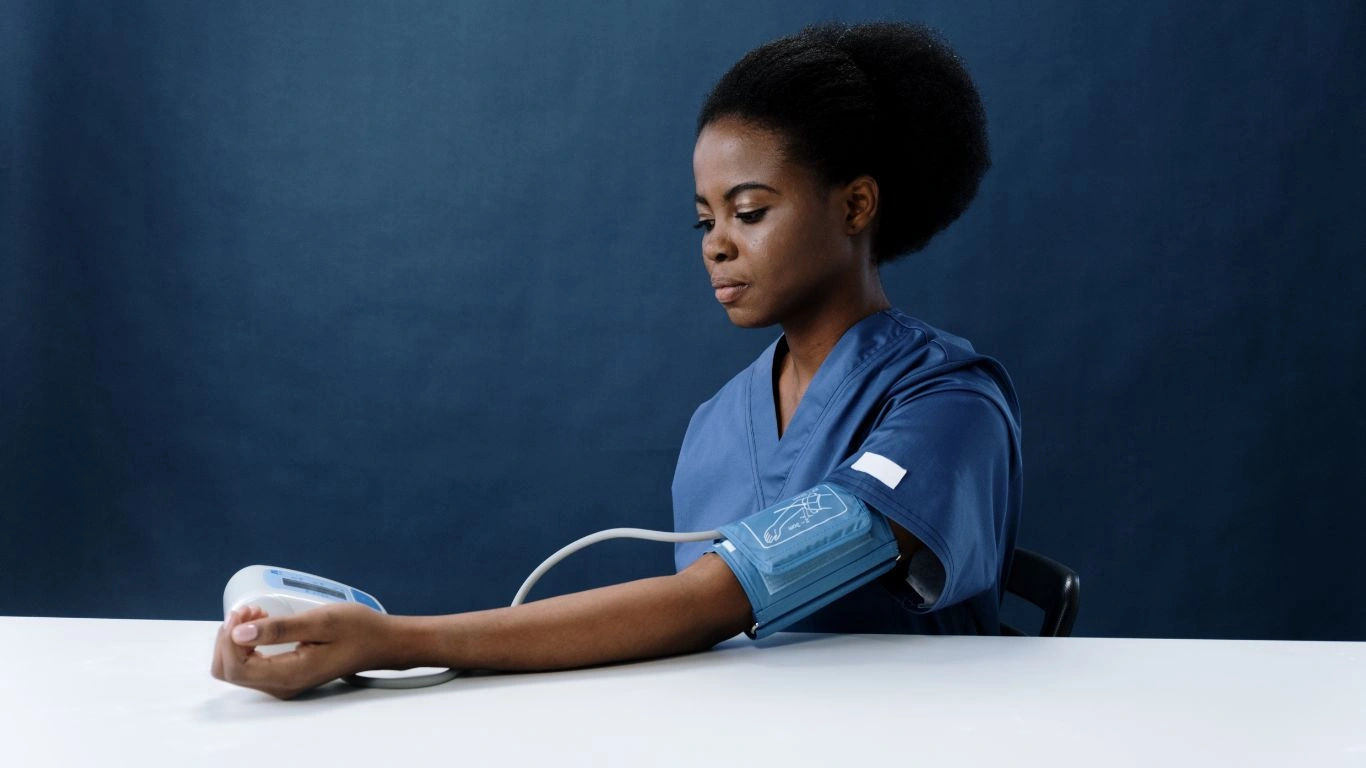
Troubleshooting Common Exercise Issues
As with any fitness routine, there can be some bumps along the way. Here are a few common issues my clients have faced—and how to fix them:
Issue 1: Feeling Dizzy or Lightheaded
If you’re feeling dizzy or lightheaded during exercise, it could be because your blood pressure is dropping too quickly or you’re pushing yourself too hard. This can happen, especially if you’re just starting.
Solution: Slow down, take breaks, and make sure you’re hydrating properly. If it keeps happening, check in with your doctor to make sure you’re on the right track.
Issue 2: Joint Pain
If you have joint pain, you don’t want to be doing high-impact exercises like running or jumping.
Solution: Stick to low-impact exercises like swimming, walking, or cycling. And always warm up before and cool down after your workouts to avoid injury.
Issue 3: Struggling to Stay Motivated
Let’s be real—staying motivated isn’t always easy. Some days you just don’t feel like moving.
Solution: Find something you enjoy! Whether it’s a walking group, yoga classes, or biking with a friend, making exercise fun can keep you coming back for more.
Case Studies / Success Stories
Let me tell you about a couple of people I’ve worked with who turned their blood pressure around with exercise:
- John’s Story: John came to me a year ago, struggling with his blood pressure and weight. He started walking every day and gradually added some cycling. Within 6 months, his blood pressure dropped from 160/100 to 130/85. He also lost 15 pounds and felt more energized than ever.
- Linda’s Success: Linda, who was a little nervous about starting exercise because of her age, began swimming three times a week. Over time, she noticed her blood pressure decreasing, and she felt more flexible and mobile. Her doctor was impressed with her progress!
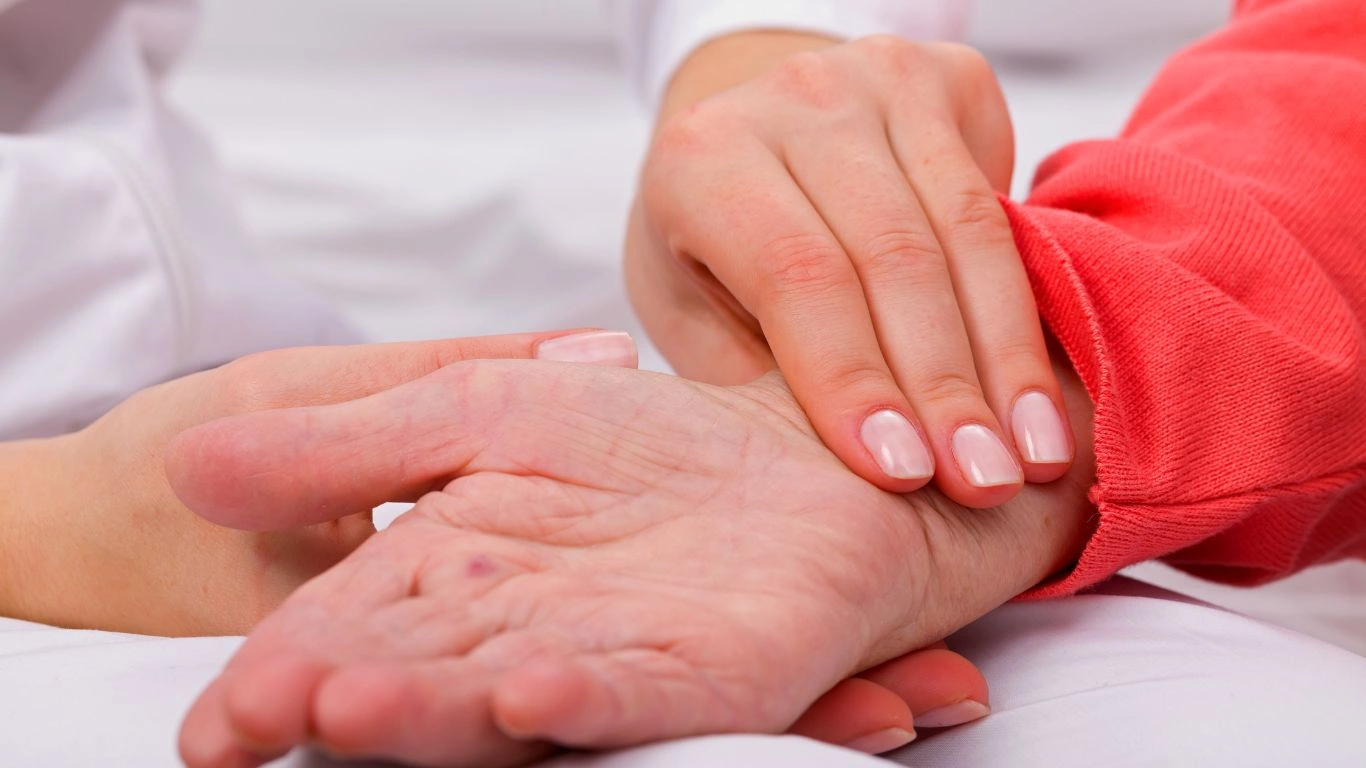
Key Takeaways / Summary
To wrap things up, here are the key points you should remember:
- Exercise is crucial for managing hypertension and improving heart health.
- Low-impact activities like walking, swimming, and cycling are excellent choices for people with high blood pressure.
- Strength training and yoga also provide fantastic benefits for your blood pressure and overall health.
- If you experience any issues like dizziness or joint pain, talk to your doctor and make adjustments to your routine.
5 FAQs
- How long should I exercise each day to lower blood pressure?
Aim for 30 minutes of moderate exercise most days of the week. If that’s too much at first, break it into smaller chunks. - Can I do high-intensity exercises with hypertension?
It’s generally best to stick with moderate-intensity exercises unless your doctor says otherwise. - What if I don’t have time for 30 minutes of exercise?
Even 10-minute sessions can be effective, and you can break them up throughout the day. - Is walking enough to lower my blood pressure?
Yes! Walking is one of the most effective exercises for managing blood pressure. - Should I check my blood pressure before and after exercising?
Yes, it’s a good idea to track your blood pressure to see how it responds to exercise over time.
Appendix
References
1. Healthline: Exercise and Hypertension
2. CDC: How Exercise Affects Hypertension
Disclaimer
Always consult your doctor before starting any exercise program, especially if you have hypertension or other health conditions.
Call to Action
If you’re ready to start exercising and managing your blood pressure, take action today! Start with small steps and build up over time. If you need help finding the right exercises or have any questions, feel free to reach out. Together, we can create a plan that works for you!

Dr. Gwenna Aazee is a board-certified Internal Medicine Physician with a special focus on hypertension management, chronic disease prevention, and patient education. With years of experience in both clinical practice and medical writing, she’s passionate about turning evidence-based medicine into accessible, actionable advice. Through her work at Healthusias.com, Dr. Aazee empowers readers to take charge of their health with confidence and clarity. Off the clock, she enjoys deep dives into nutrition research, long walks with her rescue pup, and simplifying medical jargon one article at a time.
